
In March of 2025 Canine Genetic Testing launched a DNA test for a variant associated with Primary Hyperparathyroidism in Keeshonds. And now our peer-reviewed paper, describing details of the mutation, has been published in the journal Animal Genetics (1).
Wade CM, Burmeister LM, Skelly BJ, McLaughlin B, Pettitt L, Atwater DZ, Tallmadge RL, Lejeune M, Lindblad-Toh K, Mellersh CS. Autosomal dominant primary hyperparathyroidism in the Keeshond dog breed is strongly associated with a missense variant in sirtuin-6. Anim Genet. 2025 Dec;56(6):e70056. doi: 10.1111/age.70056.
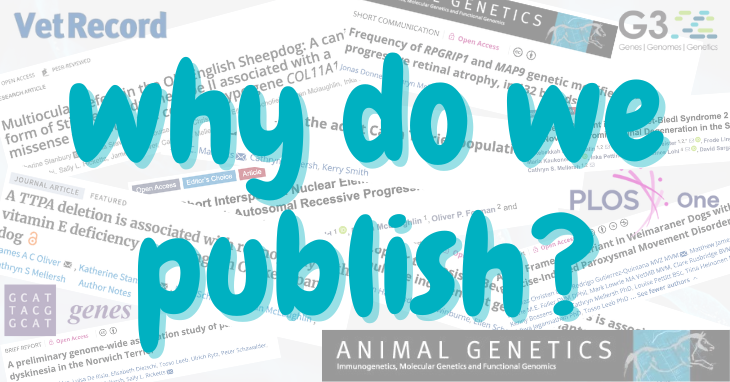
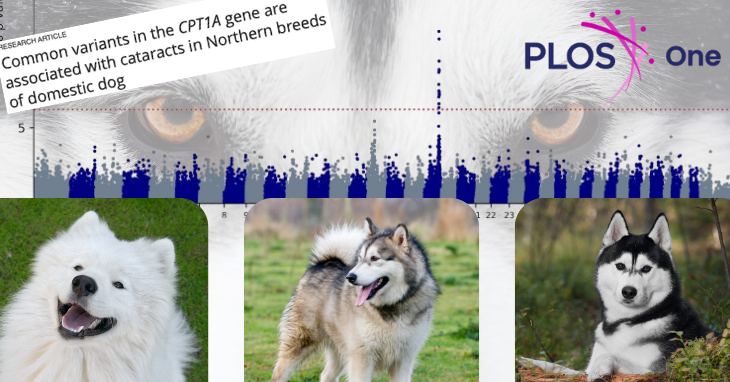
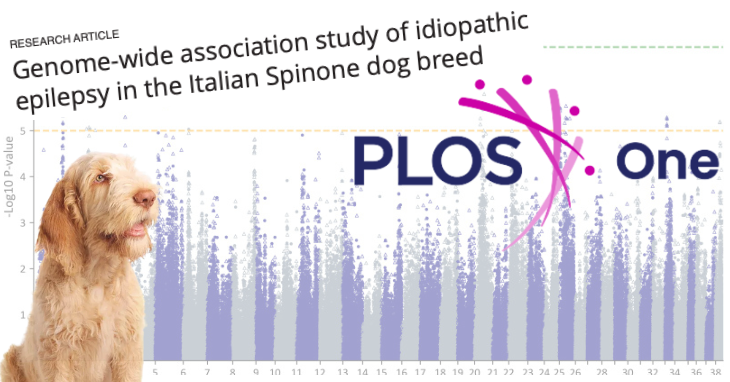
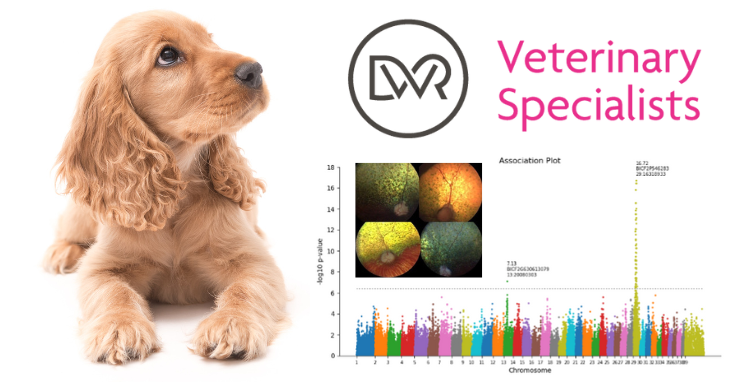
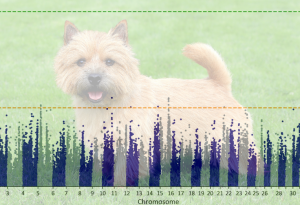 We have recently published our preliminary genetic investigation of
We have recently published our preliminary genetic investigation of 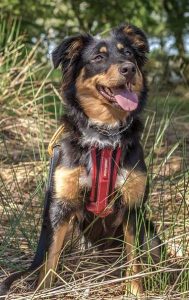 Back in March,
Back in March,  The Canine Genetics Centre has had an important study published, in collaboration with Wisdom Panel, on the genetics of progressive retinal atrophy in dogs. The paper describes the frequency of two genetics variants, called RPGRIP1ins44 and MAP9del, in 132 different breeds of dog. Both the variants were originally identified in Miniature Longhaired Dachshunds, and both are known to modify the development and progression of PRA.
The Canine Genetics Centre has had an important study published, in collaboration with Wisdom Panel, on the genetics of progressive retinal atrophy in dogs. The paper describes the frequency of two genetics variants, called RPGRIP1ins44 and MAP9del, in 132 different breeds of dog. Both the variants were originally identified in Miniature Longhaired Dachshunds, and both are known to modify the development and progression of PRA.  In 2017, as part of the Give a Dog a Genome project, we sequenced the genome of an Old English Sheepdog (OES) that had been diagnosed with hereditary cataracts under the BVA/KC/ISDS Eye Scheme. This was the start of a project that turned out to be a lot more complex than we initially thought it would be, and that was disrupted by both covid and our move from the Animal Health Trust to the University of Cambridge, but that we finally concluded at the end of last year.
In 2017, as part of the Give a Dog a Genome project, we sequenced the genome of an Old English Sheepdog (OES) that had been diagnosed with hereditary cataracts under the BVA/KC/ISDS Eye Scheme. This was the start of a project that turned out to be a lot more complex than we initially thought it would be, and that was disrupted by both covid and our move from the Animal Health Trust to the University of Cambridge, but that we finally concluded at the end of last year. 
